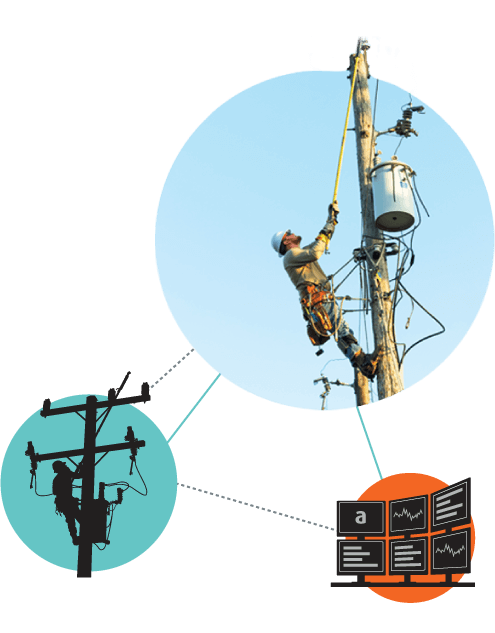News
The Latest Utility Resource Management News

- Press Release
ARCOS has attained Esri Silver Partnership in the Esri Partner Network (EPN). Esri, the global market leader in geographic information system (GIS), provides best-in-class geospatial and location intelligence to the ARCOS suite of workforce management solutions.
- Press Release
Iannotti joins ARCOS at a critical inflection point where his deep experiences in enterprise resource management, modern cloud technologies, and Fortune 500 workforce software will further accelerate market growth and value to customers.
- Press Release
Suwannee Valley Electric Cooperative (SVEC) has selected ARCOS Callout to automate work assignments based on business and union rules.
- Press Release
Senior Vice President and Chief Information Officer at Duke Energy, Bonnie Titone, brings more than 25 years of technology leadership experience to the ARCOS board.
- Press Release
ARCOS today announced that Columbus Public Utilities has selected ARCOS Callout, which automates after hours crew assignments based on business and union rules to equalize work. Columbus Public Utilities joins more than 60% of US power, gas, and water utilities who rely on ARCOS Callout to mobilize crews in just minutes, decrease service disruption time, and improve customer reliability metrics such as CAIDI.
- Press Release
ARCOS announces that Jason Woods has been appointed Chief Financial Officer. As CFO, Woods is responsible for leading the company's financial and growth strategies at a time when many utilities face unprecedented challenges with the energy transition.
- Press Release
ARCOS has implemented its ARCOS Callout and Scheduling Suite and ARCOS Crew Manager software at a Midwest-based public power district, so the utility can efficiently mobilize crews and improve CAIDI.
- News Article
ARCOS CEO, Odus “Boogie” Wittenburg sat down for an interview with Alan Ross at DISTRIBUTECH International. Topics discussed during the interview include, among others, Boogie’s career path, his goals for ARCOS, and how the company is impacting the utility industry.
- Press Release
ARCOS has implemented the Callout and Scheduling Suite for one of the United States’ largest electric co-operatives, which will use the platform to efficiently launch after-hours callouts for its lineworkers.
- Press Release
ARCOS has implemented the Callout and Scheduling Suite for one of the United States’ largest electric co-operatives, which will use the platform to efficiently launch after-hours callouts for its lineworkers.
Page Navigation

Subscribe
Sign up for alerts and learn more about how we’re helping utilities revolutionize workforce mobility.









